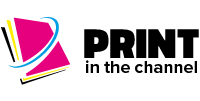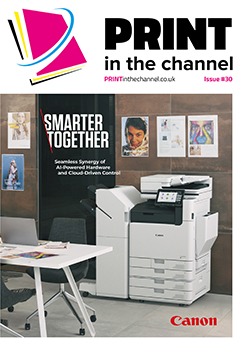Hitachi and the National Institute of Advanced Industrial Science and Technology (AIST) have jointly developed a new technology, the “redactable signature”, for redacting digitally signed documents. This breakthrough ensures both the authenticity and privacy of publicly released documents and is expected to contribute to a safer data-utilisation society, particularly in sectors such as pharmaceuticals and finance, by providing a means for partial disclosure of documents while still enabling detection of unauthorised alteration or falsification.
- Hitachi and AIST developed redactable signature technology for digitally signed documents, now an ISO/IEC international standard.
- The technology allows partial disclosure of documents while ensuring authenticity, essential for fields like pharmaceuticals and finance.
- The redactable signature schemes enable dynamic editing, mergeability of signed documents, and compatibility with various digital signing methods.
Redacting Signed Digital Documents – A Leap Forward in Data Security
In the realm of digital document security, there’s a significant update. Hitachi and the National Institute of Advanced Industrial Science and Technology (AIST) have developed a new technology to redact digitally signed documents. This technology, now known as ‘redactable signature’ technology, has earned the approval and adoption of the International Organization for Standardization (ISO) and International Electrotechnical Commission (IEC), becoming an international standard, ISO/IEC 23264-2.
What Does This Mean for Document Security?
This development offers an efficient way to disclose parts of public documents while ensuring their authenticity. This is especially beneficial for sectors like pharmaceuticals and finance, where product development data can be guaranteed as authentic, even after sanitisation for privacy protection. The use of this technology is expected to bolster a safer data-utilisation society.
The Need for Standardisation
As digital processes swiftly replace traditional document proceedings, the necessity for digital signature technology that can detect data alterations and guarantee authenticity has increased. However, current digital signing technology regards redaction as falsification, which invalidates the digital signature and authenticity of a redacted document. The new ‘redactable signature’ technology by Hitachi and AIST addresses this issue and allows the redaction of documents digitally without compromising the authenticity. A signer can set redactable data blocks in advance at the time of creating a document and set each block as either disclosable or non-disclosable before public release.
Features and Future Prospects
The redactable signature schemes offer several security properties and enable multiple signed documents to be merged within a predefined scope. They can hide information in redacted fields and dynamically change the scope of data to be disclosed, based on privacy protection policies. It’s worth noting that these schemes can be added to any digital signing method, making them versatile and adaptable.
Developed to protect public documents initially, these redactable signature schemes are expected to have a broader application, including verifying the originality of partially released data. By combining this with sanitisation technology, it’s anticipated to offer wide use in achieving both privacy protection and data authentication.
Final Thoughts
The development and standardisation of this technology is a substantial step forward in digital document security. It brings us closer to a digital society where the authenticity of documents and privacy protection can coexist. The implications in sectors like medical, pharmaceuticals and finance are significant, but the potential for broader application makes this a noteworthy development for all. As we move increasingly towards digitisation, such advancements in technology will play a crucial role in shaping a safe and secure digital society.
FAQ
Q: What is the redactable signature technology developed by Hitachi and AIST?
A: The redactable signature technology developed by Hitachi and AIST allows for the partial disclosure of digitally signed documents while ensuring the detection of unauthorised alterations or falsifications.
Q: Why is redactable signature technology important?
A: Redactable signature technology is crucial for ensuring the authenticity of digitally signed documents, particularly when certain information needs to be redacted for privacy or other reasons before publication or disclosure.
Q: How do the redactable signature schemes work?
A: The redactable signature schemes allow a signer to designate redactable data blocks in a document as either disclosable or non-disclosable before public release, enabling verification of partially non-disclosable documents and confirming legitimate editing.
Q: What are the features of the redactable signature schemes MHI06 and MIMSYTI05?
A: MHI06 enables the merging of multiple signed documents within a specified scope and hides information in redacted fields. MIMSYTI05 can add redactable signature functionality using various digital signing methods, including quantum-safe signature methods.
Q: How can the redactable signature technology be applied beyond public document protection?
A: The redactable signature technology can be applied to verify the originality of partially released data and can be combined with sanitisation technology to achieve both privacy protection and data authentication.
Q: What are Hitachi and AIST’s plans for further development of redactable signature and cryptographic technologies?
A: Hitachi and AIST will continue research and development on redactable signature and other cryptographic technologies, aiming to implement them in products and services to contribute to the realisation of a safe digital society.










